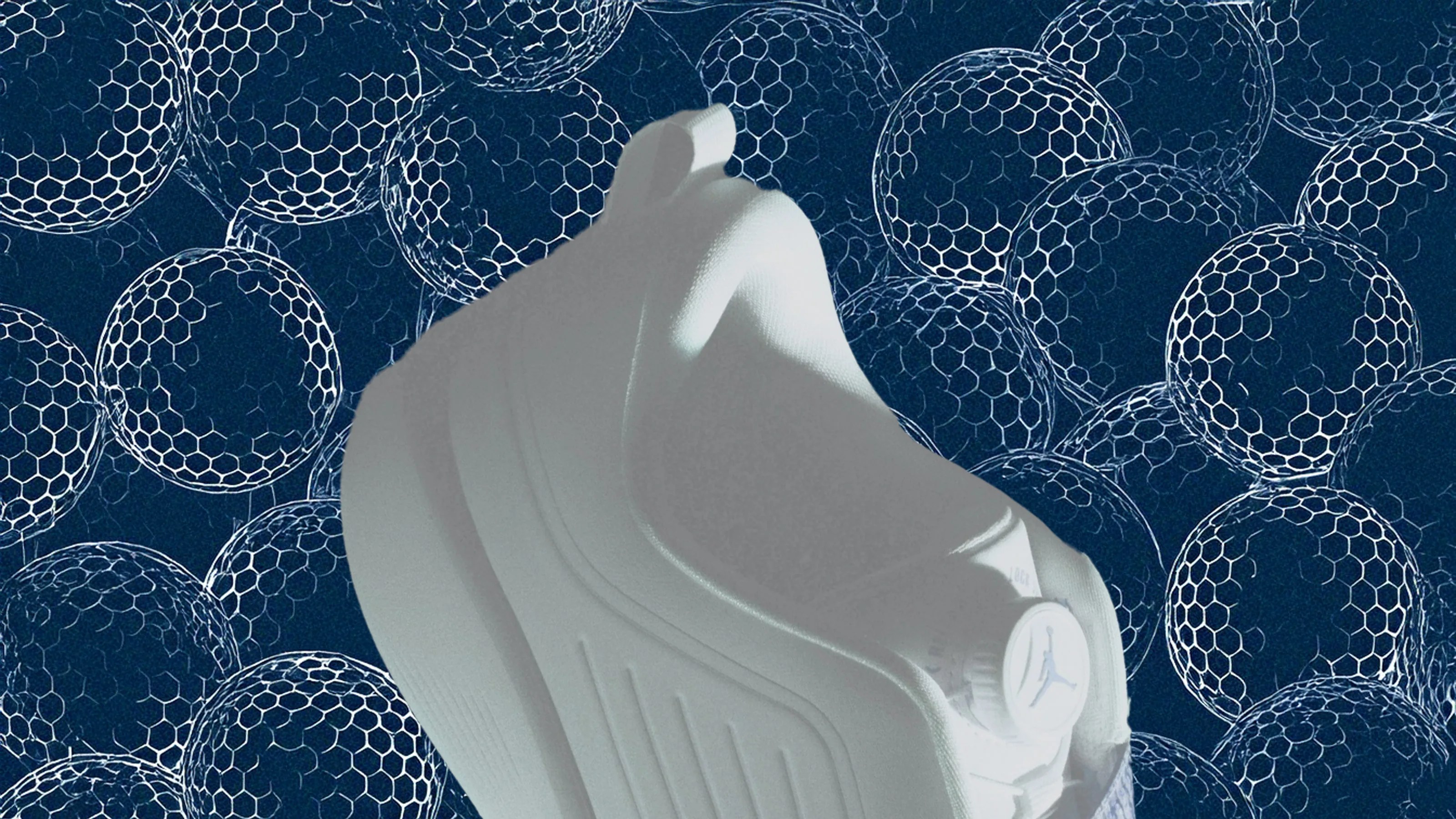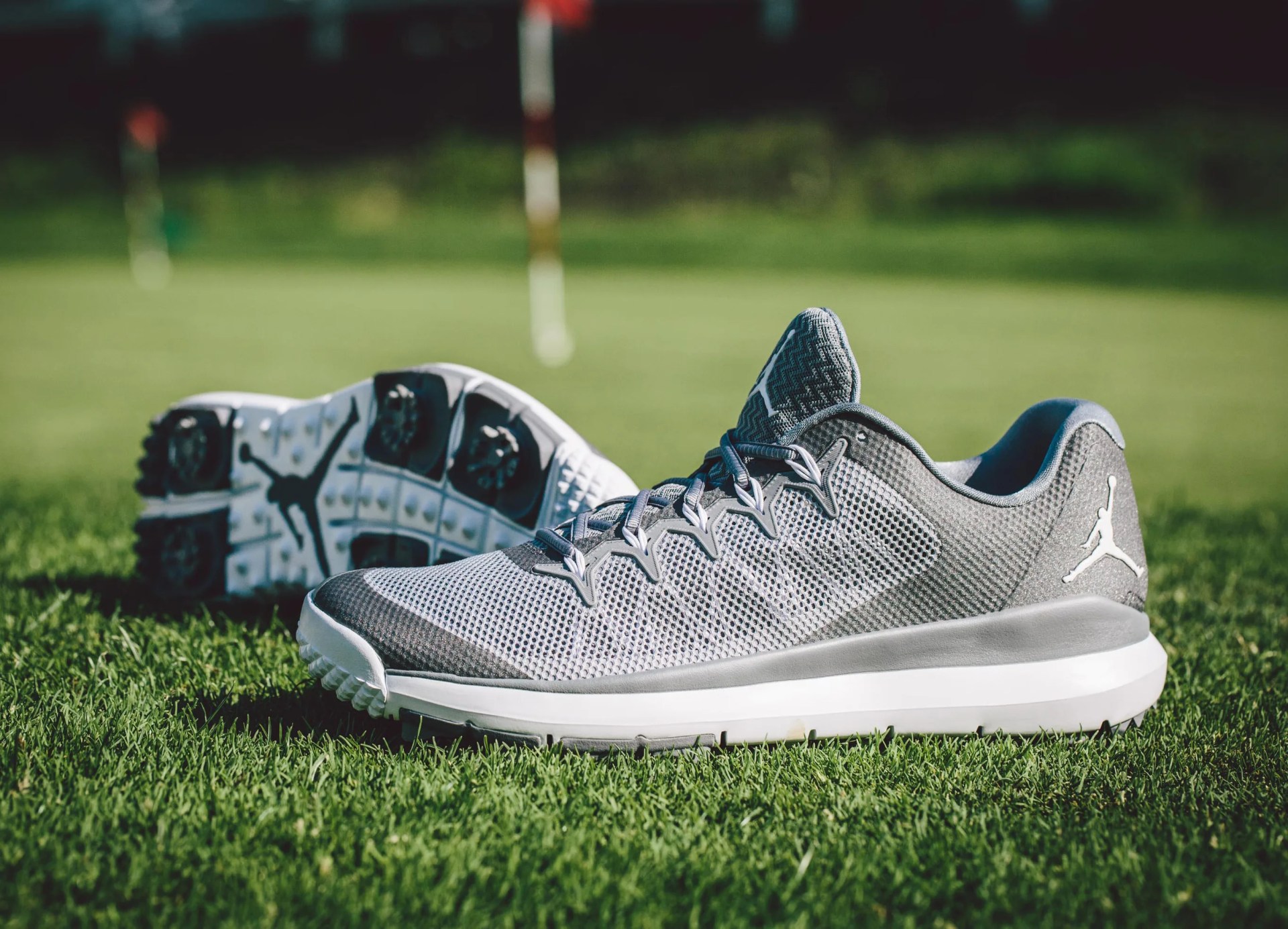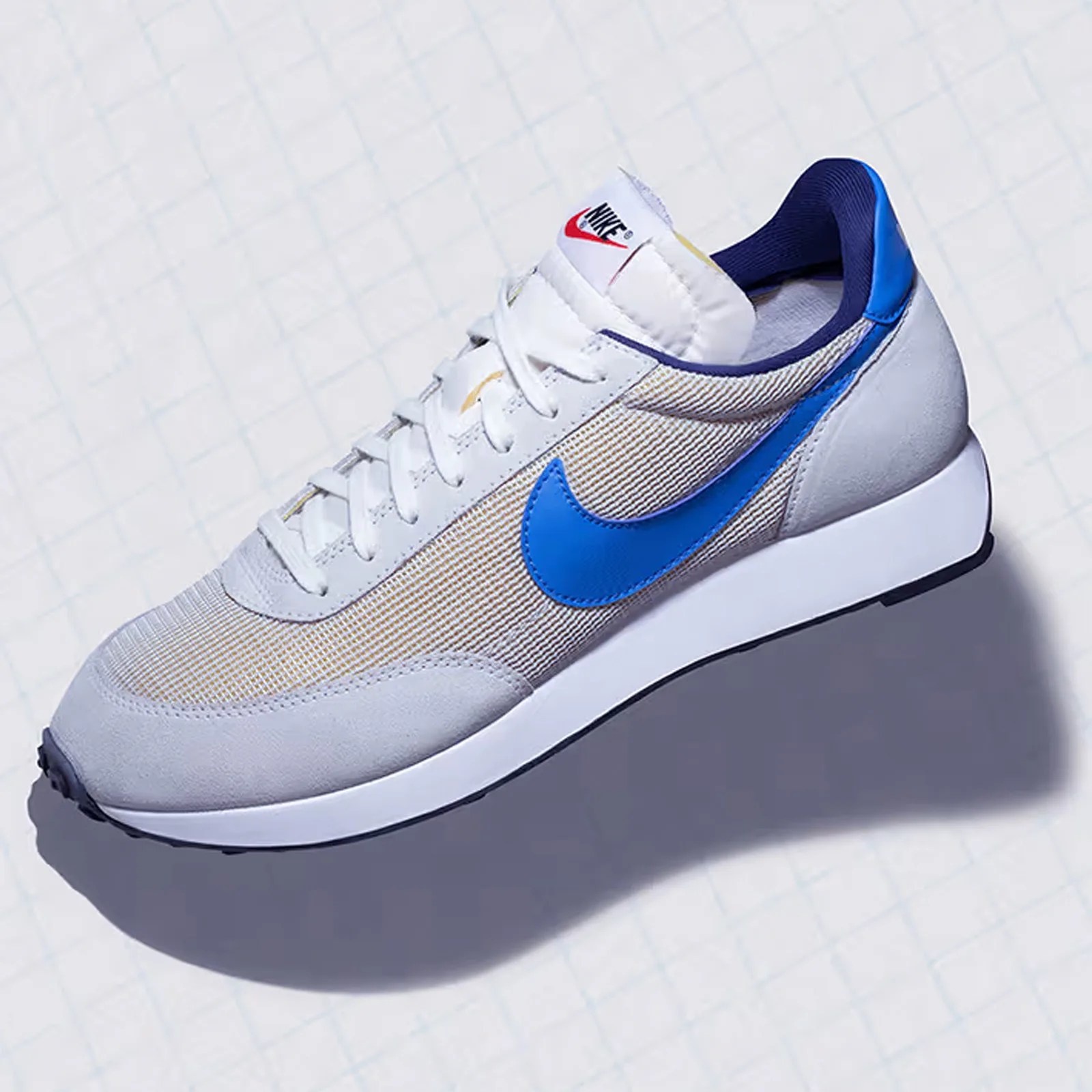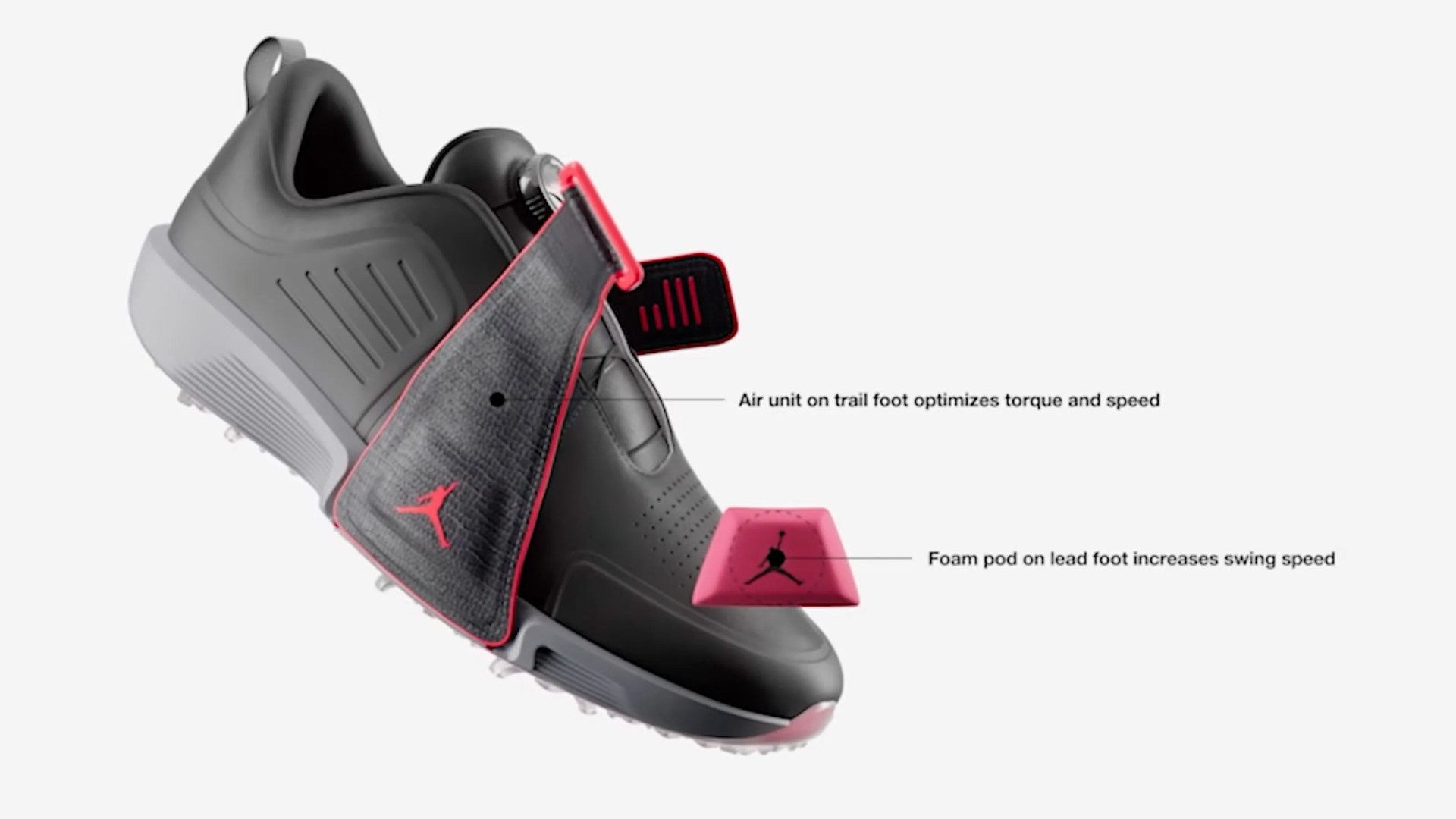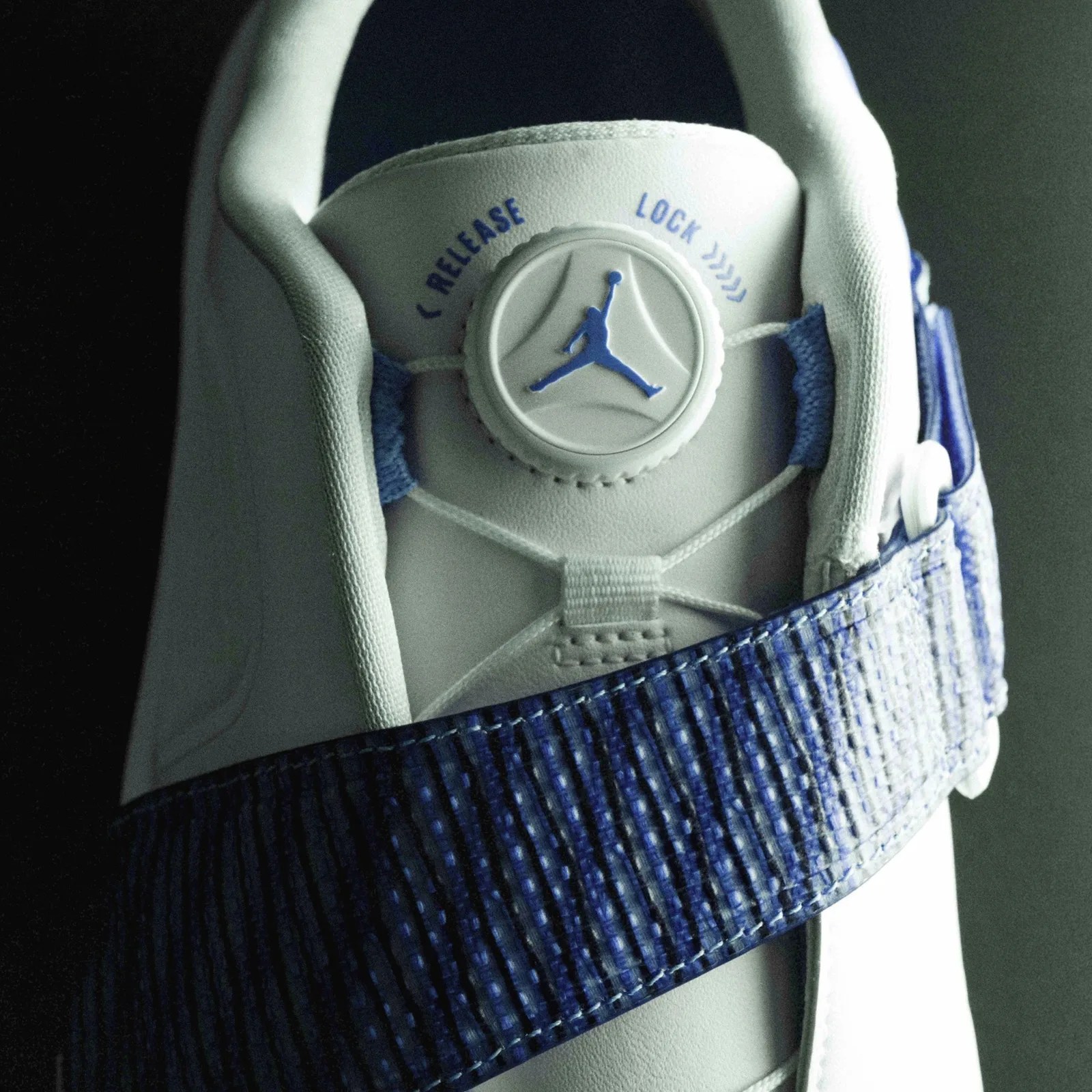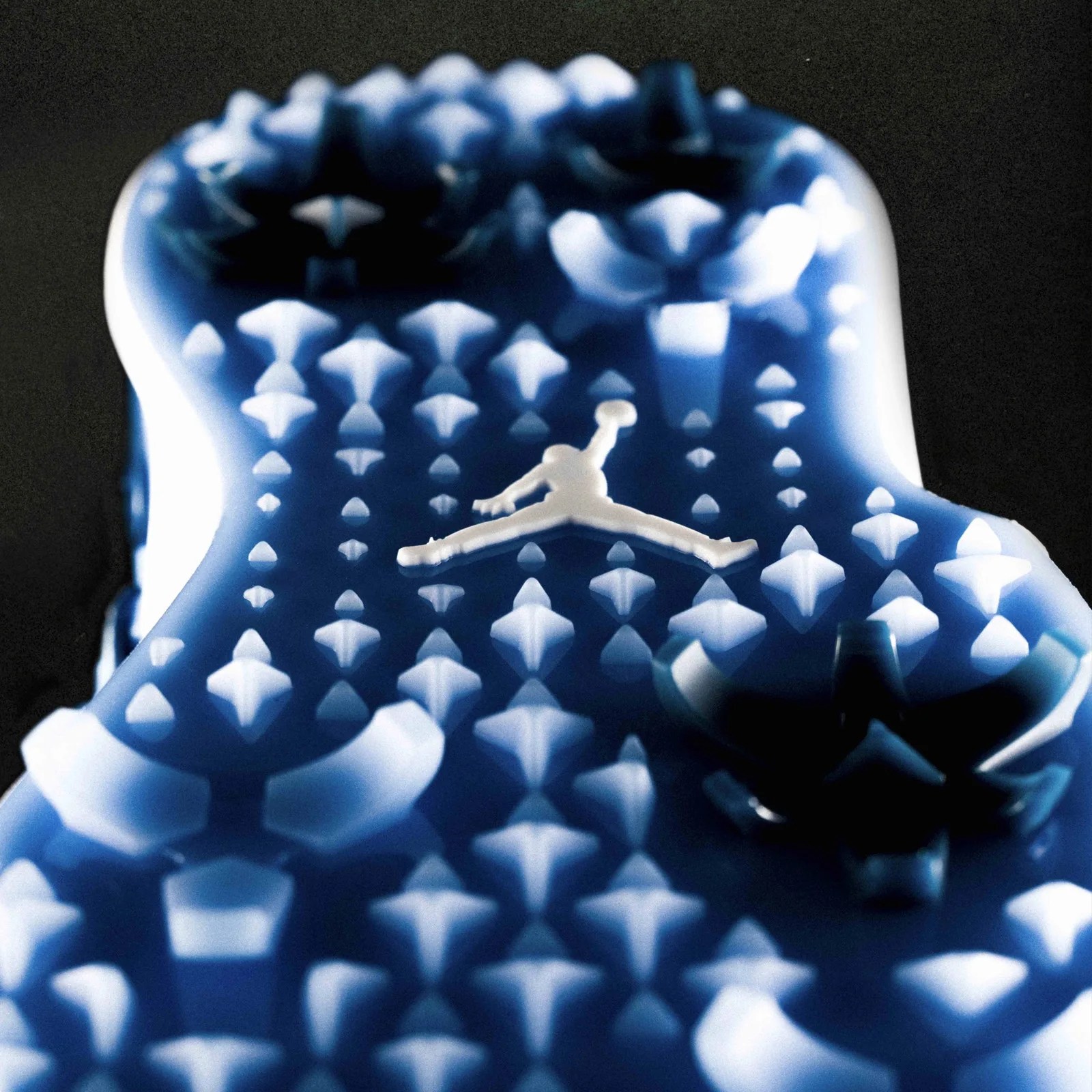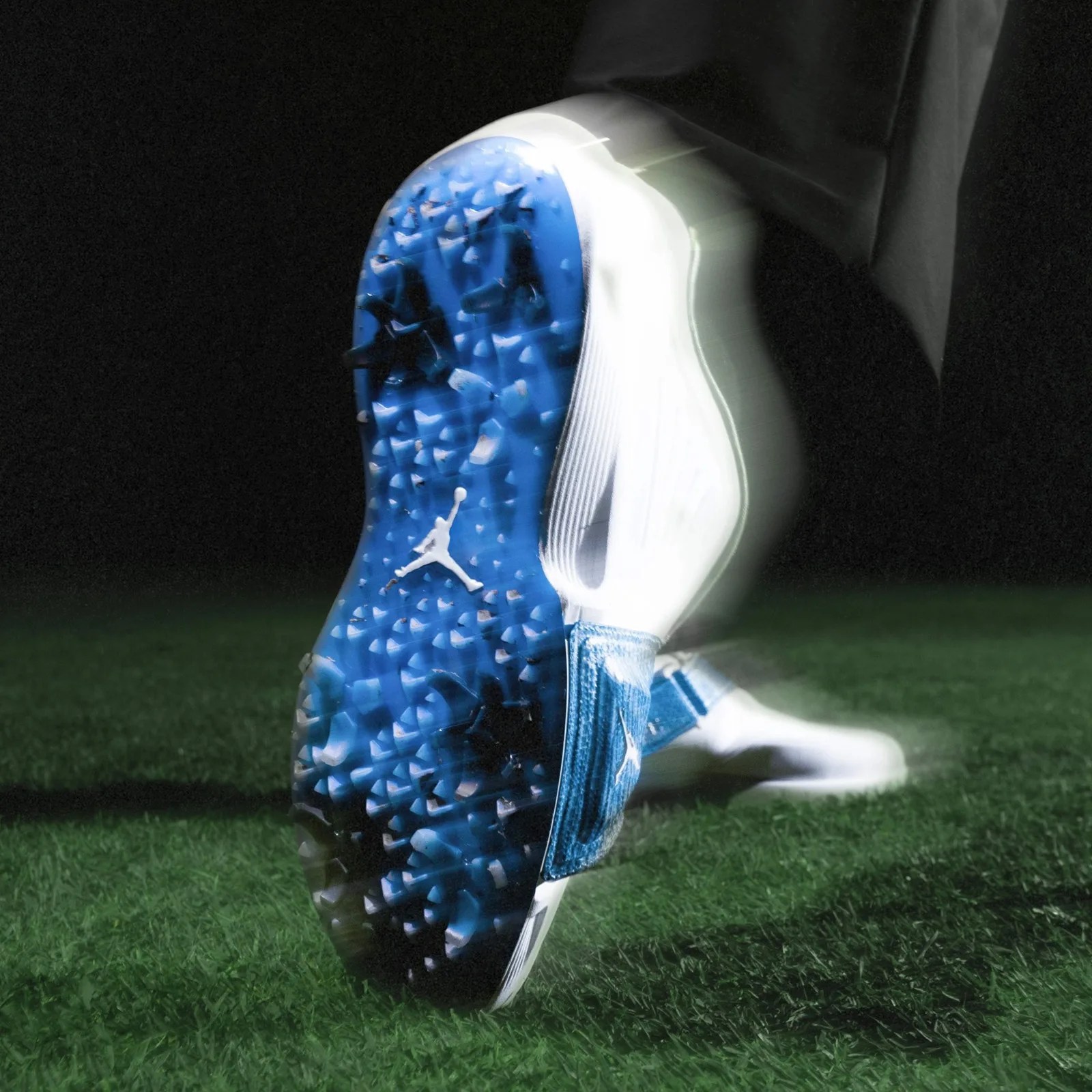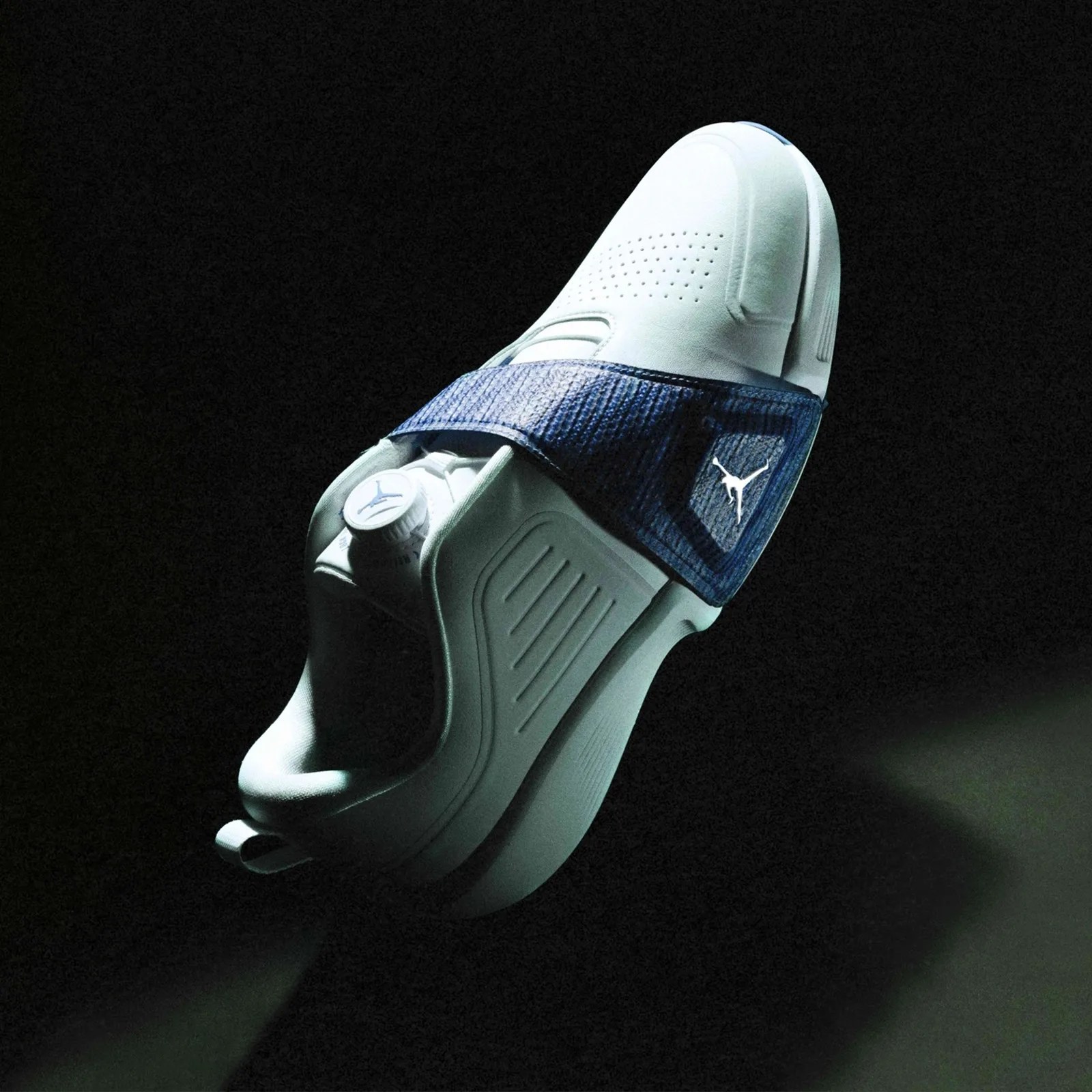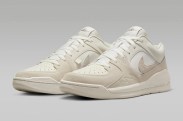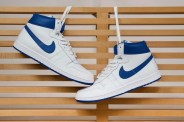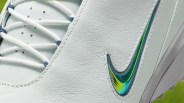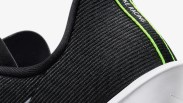Nike’s Golf strategy has had a nearly decade-long case of the yips, and that might be putting in politely.
In 2016, the company announced it was leaving the golf equipment business but would keep making golf apparel.
The reason for the decision was cut and dry in the eyes of co-founder Phil Knight. “It’s a fairly simple equation,” Knight shared in an interview conducted with Bloomberg back in 2017. “We lost money for 20 years on equipment and balls, and we realized next year wasn’t going to be any different.”
Just last year, the company also ended its 27-year relationship with Tiger Woods, who at least at one point, was the sun that Nike’s entire golf strategy revolved around.
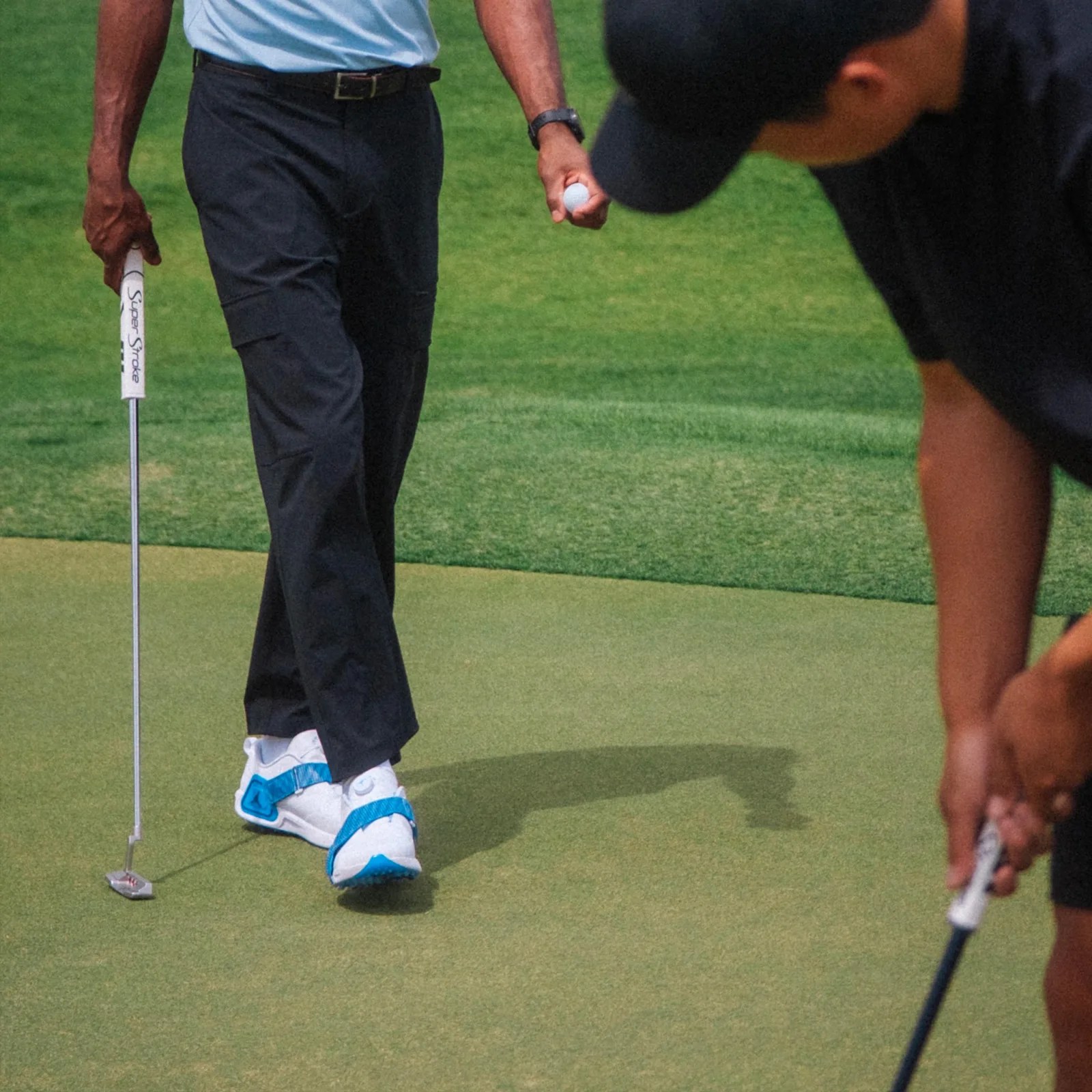
But beneath the mothership’s headline-grabbing struggles, a Nike subsidiary, Jordan Brand, has been quietly and quickly building a new foothold in the sport over the last decade, especially amongst a younger generation of golfers.
Until now, Jordan Brand’s product playbook, for the most part, prioritized style over substance. Many of its most successful shoes were simply golfing-tuned versions of existing popular Jordan sneakers.
The brand’s newly unveiled Air Rev shoe feels like the start of a new, more deliberate, performance-centric push into golf. It’s also a project that seems to have Nike’s broader corporate fingerprints all over it.
Jordan Brand Reinterprets Nike’s Defining Footwear Innovation (Again)

Convincing the powers that be at Jordan Brand to begin dabbling in golf likely didn’t take much internal arm twisting.
After all, the man himself, Michael Jordan, is widely known to be obsessed with golf. He famously had the motivation (and energy) to squeeze in 36 holes the morning before dominating night games for the “Dream Team” in the 1992 Olympics.
